Forget the furore. Remove from your mind, if you can, the past two weeks’ noise about Living Vivid and Breaking Moulds.
Concentrate instead on the Jaguar Type 00 (Zero Zero), the long-promised concept coupé that introduces an entirely new design style to the 90-year-old marque and sets the tone for its all-EV range that will hit showrooms from 2026.
The concept car is a two-door fixed-head coupé, a body type we’re told will not be built. But it has perhaps been artfully chosen because it loosely echoes the layout of the 1961 Jaguar E-Type, the car nearly everyone cites as the leader of a previous great leap forward in Jaguar design.
Company insiders say the concept coupé’s size, proportions and, above all, its design style are all “very close” to the brand’s first next-generation production car: a blocky Porsche Taycan-rivalling super-GT that was pictured testing earlier this month. That car and its radical styling were first revealed by Autocar back in 2023, and the Type 00 concept shows how accurate our sources were.
This will be the first of three models to be launched within about a year between them on the new purpose-designed JEA architecture. That platform will, Jaguar estimates, offer as much as 430 miles of range and the ability to add 200 miles with 15 minutes of charge. This would suggest power being drawn from a battery in excess of 100kWh, but Jaguar has yet to confirm a pack size.
This concept, revealed on 2 December at Miami Art Week, is the product of an exhaustive process that led designers to produce 13 full-size models on the way, and its maturity shows. All were avant-garde, according to design chief Gerry McGovern. “Anything iterative would not have taken us where we wanted to go,” he said.


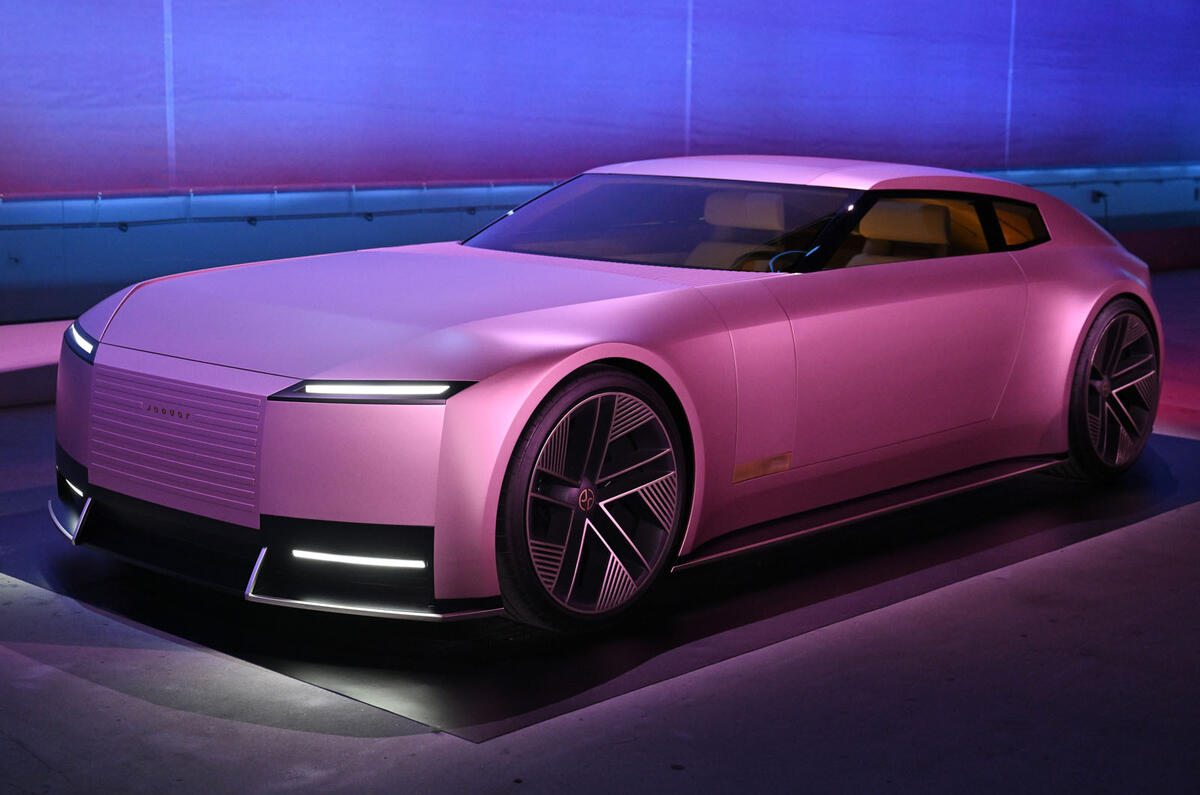
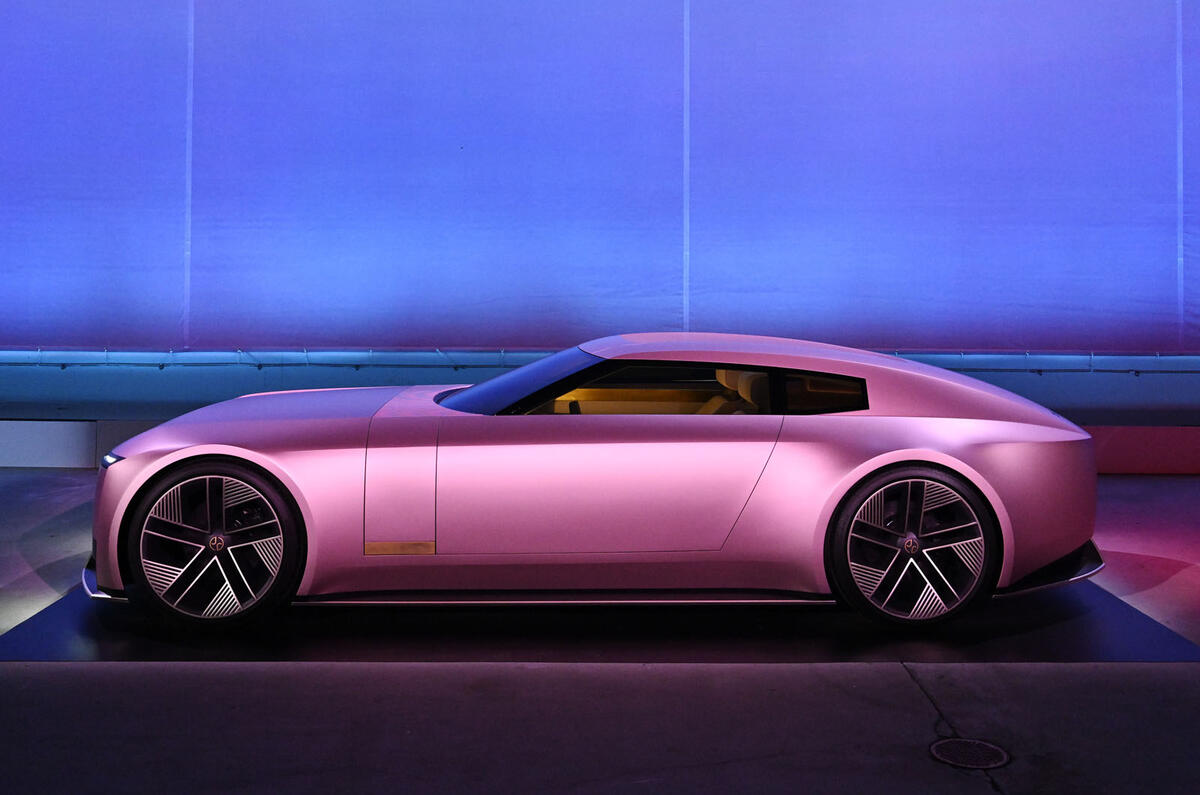









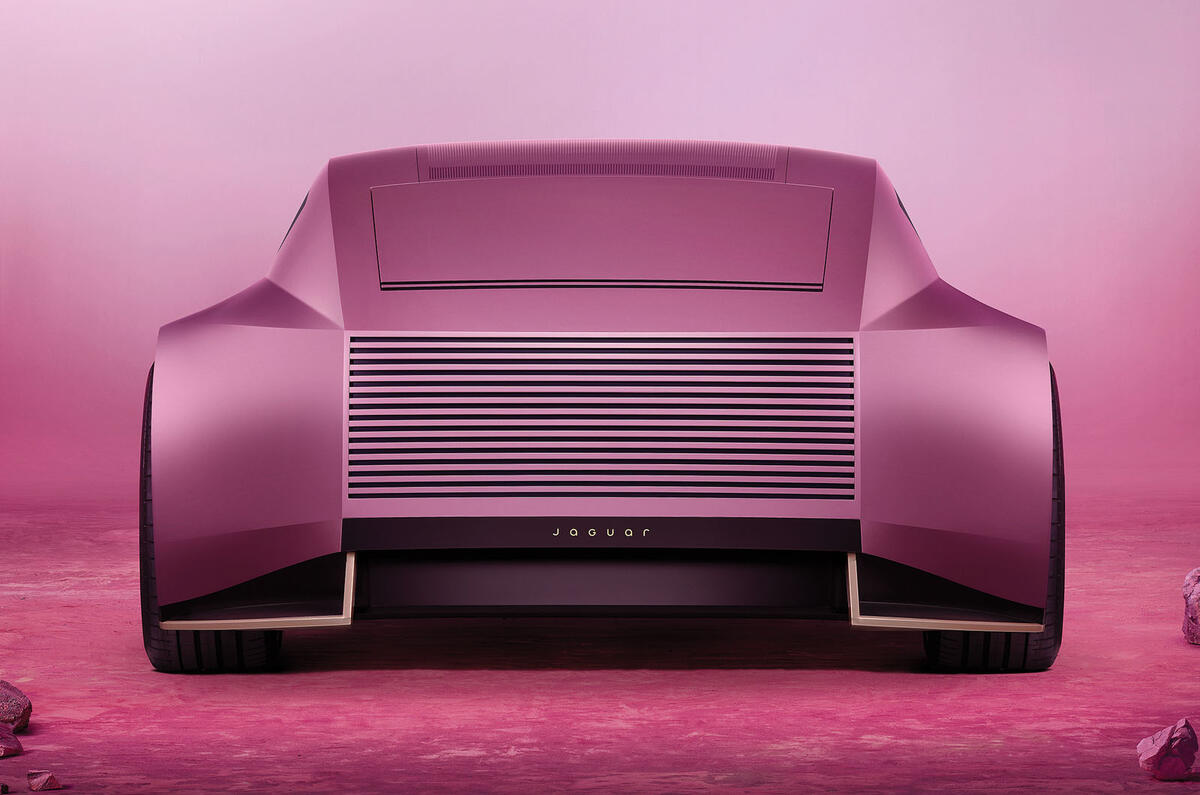




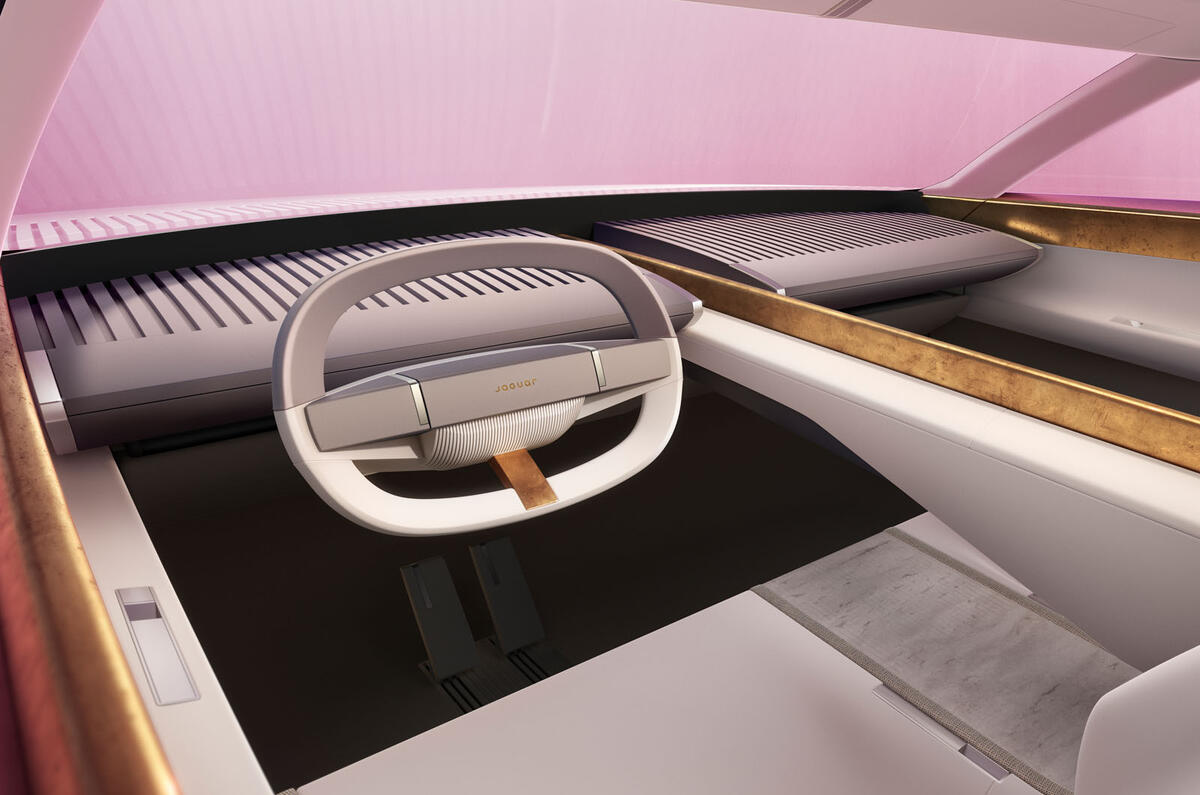




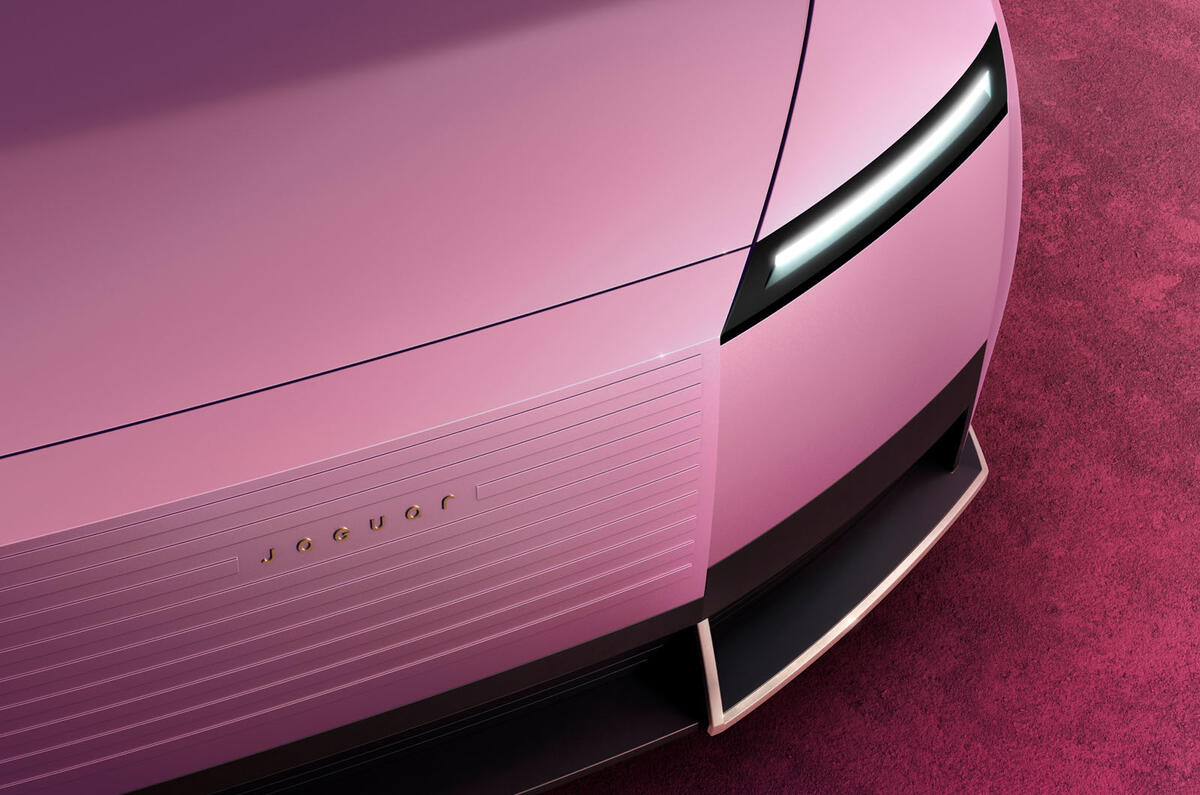









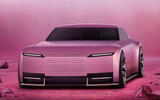



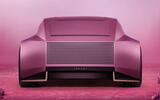


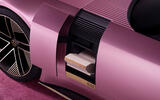

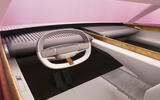





















Join the debate
Add your comment
Making it a Jaguar 4dr GT rather than a Range Rover GT saloon means it doesn't need that go anywhere street (off road) cred.
IMO it's an ultra modern take on a Rover SD1 with two doors. Very similar design ethos. Look for a lot of Full fat Tange Rover owners to buy this as a second or third vehicle. It's basically a low slung Range Rover coupe EV. The production car will of course have 4/5 doors, so it's a Range Rover sedan/saloon.
MG-Rover all over again.